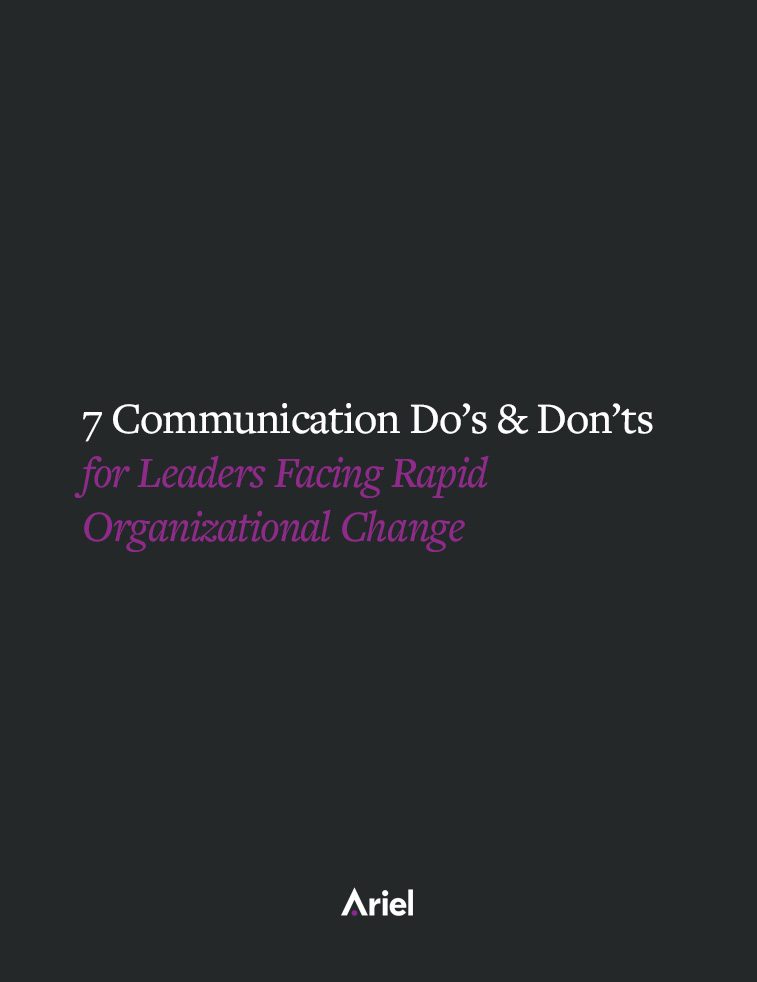Improve Your Teamwork with “Keep/Stop/Start”

Although performance reviews are sometimes yearly, your organization might . Enter Keep/Stop/Start. This is a quick, easy, low-risk debriefing technique that has many applications in the business world—just one of which has to do with teamwork (others include idea generation, problem solving, sales effectiveness). Here’s how it’s done:
The team members first define the issues affecting the quality of their collaboration, and then develop practical ways to work better together. This is a free form, no-holds-barred listing of the things the team should keep doing, the things it should stop doing, and the things it should start doing to better meet the challenges that lie ahead. As team members announce them, call them out and display them on easel pads or a white board. Alternatively, to avoid shouting out, give everyone a post-it pad and have them post their notes under the respective sections and then read them aloud.
The Keeps
This list is fun, because it’s about things that the team is already doing right. It’s deceptively important because even though it won’t lead to change, it will assure top-of-mind awareness of those things that the team should continue to do to be effective.
It can also be a time for small recognitions: a “great job organizing that project” will always go further than you might think—especially if this meeting comes during a time when your team members are evaluating their performances for the year.
The Stops
This list is easy: everyone can identify counterproductive practices and process gaps that reduce team effectiveness. Often, a “stop” will readily suggest a mirror image “start”—an immediately obvious solution. (An example: “meeting leader should stop asking team members unexpected, on-the-spot questions in client meetings” easily leads to, “start giving team members a verbal alert that he/she will soon be asked for a comment.”) Replacing a “stop” with a productive “start” is always better than merely ending a negative behavior.
The Starts
Of the three, this is the most rewarding and team-energizing list. The bad news is that some “starts” are not obvious mirror image “stops,” but require generating new, creative solutions to often vexing, long-term problems. The good news is that groups invariably do this list better than individuals. This is where the team can shine! Work together and really reflect on your processes.
Four important do’s and don’ts of the Keep/Stop/Start exercise:
- Do focus on behaviors—team process and procedures—not on assumed attitudes and motivations (which can get personal, emotional, and confrontational in a hurry).
- Don’t ever call out individuals. Treat all behaviors as collective, even if not everyone is doing them. Focusing on individuals is divisive, and risks that the alienated team member or members won’t support and adopt the subsequent improvement plan.
- Do end the meeting with tangible, accountable next steps. Assign tasks with deadlines to all team members.
- Do plan for group follow-up meetings. Make sure that the new practices are being implemented, and anticipate the need for a mid-course correction or two.
Always remember that a sense of personal authorship and ownership is the prerequisite to genuine, enthusiastic commitment. The Keep/Stop/Start model is an especially powerful team tool because all the team members contribute to the change mandate. With the year almost complete, now’s a particularly good time to put the Keep/Stop/Start exercise to work for your team.
